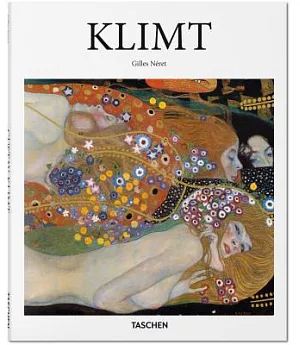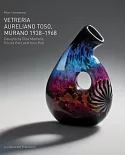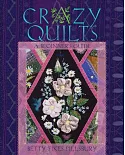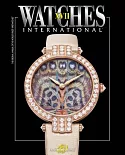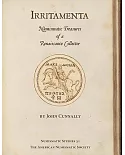The unfading popularity of Gustav Klimt (1862–1918) attests not only to the particular appeal of his luxuriant painting but also to the universal themes with which he
worked: love, feminine beauty, aging, and death.
The son of a goldsmith, Klimt created surfaces of ornate and jewel-like luminosity which show influence of both Egyptian and Japanese art. Through paintings, murals, and friezes, his work is
defined by radiant color, fluid lines, floral elements, and mosaic-like patterning.
With a number of subjects dealing with sensuality and desire as well as anxiety and despair, all this irridescence is also charged with feeling. Klimt's numerous images of women,
characterized by curvaceous forms, tender flesh, red lips and flushed cheeks, were particularly charged with passion, at a time when such frank eroticism was still taboo in Viennese
upper-middle class society.
This book presents a selection of Klimt's work, introducing his pictorial world of decoration and desire, as well as his influence on artists to come.

